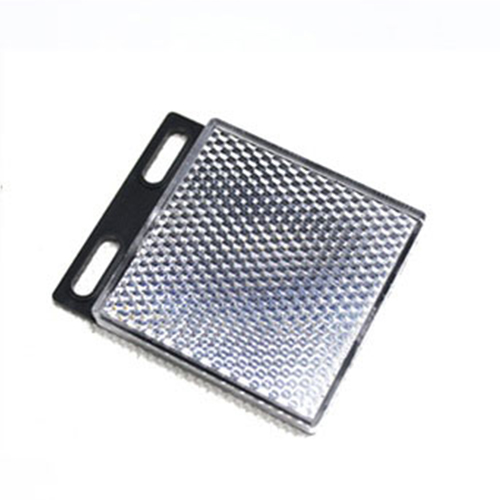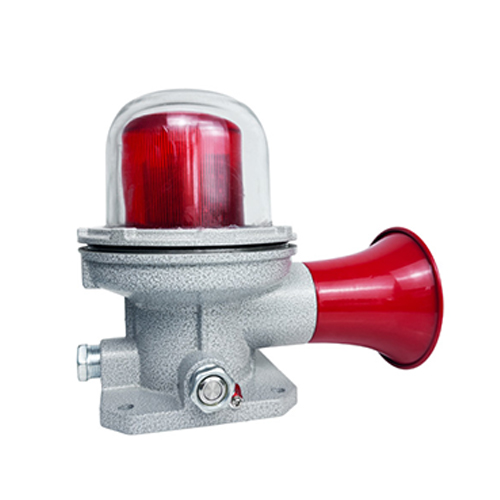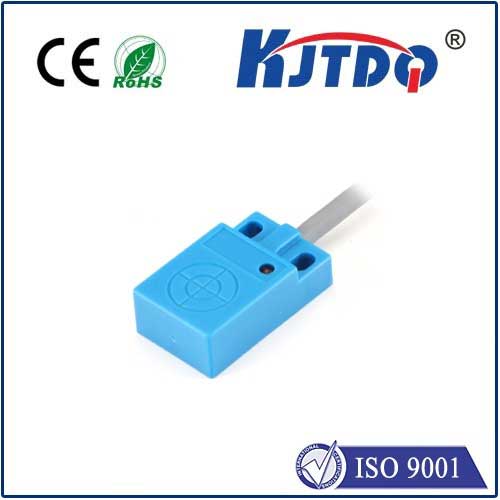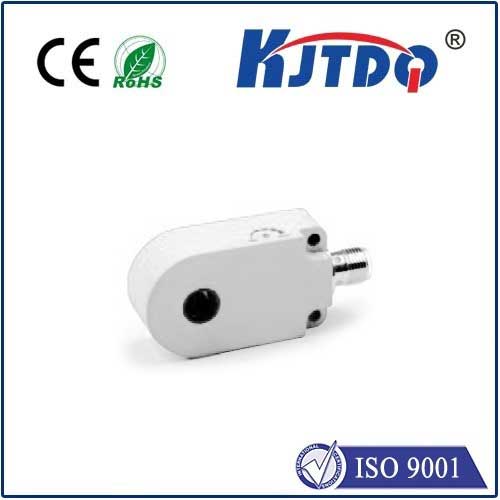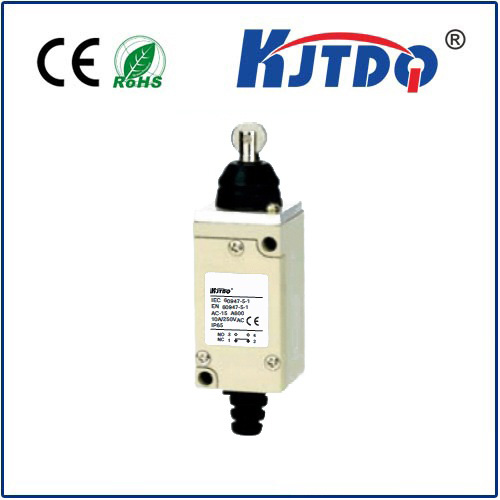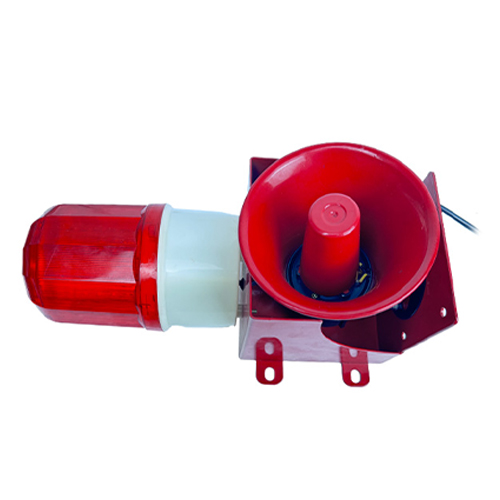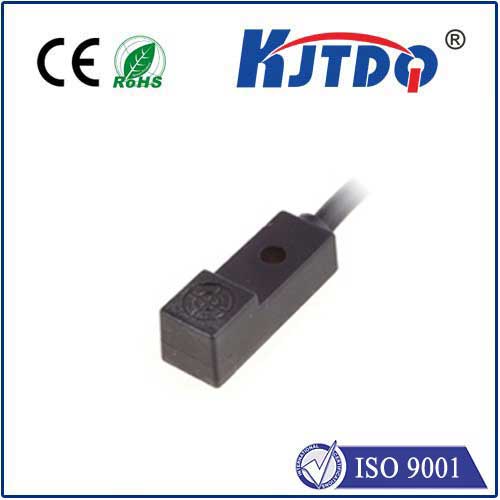

check

check

check

check
The Essential Role of Primary Limit Switches in Modern Machinery Safety
Imagine a bustling factory floor where robotic arms swing with precision, or a high-rise elevator gliding smoothly between floors. Suddenly, a malfunction looms—the arm risks colliding with a worker, or the elevator threatens to overshoot its landing. This is where the unsung hero, the primary limit switch, steps in. Often overlooked yet vital, this device silently prevents disasters by enforcing strict movement boundaries. In today’s automated world, understanding these switches isn’t just technical jargon; it’s a cornerstone of operational safety. From industrial plants to everyday elevators, primary limit switches act as the first line of defense against catastrophic failure, ensuring machinery operates within safe limits. But what exactly do they do, and why are they indispensable? This guide dives deep into their mechanics, applications, and ultimate impact on safety protocols.

First, let’s clarify the core concept. A primary limit switch is a position-based safety device designed to halt machine motion when predefined physical limits are reached. Think of it as a vigilant gatekeeper: installed at critical points in a system, it constantly monitors movement. When an actuator, lever, or cam approaches its maximum range—say, an elevator car nearing the top floor—the switch triggers an immediate stop command. This action prevents over-travel, which could lead to equipment damage, costly downtime, or severe injuries. Micro-switches are a common type, using compact mechanisms to detect contact and send electrical signals. But regardless of the specific variant, the primary limit switch serves as the primary safeguard in motion control systems, differing from secondary switches that may handle backup or auxiliary functions. Its reliability stems from simplicity—leveraging mechanical or magnetic sensors to initiate failsafe responses without complex programming.
Now, how does this all work in practice? The operation is elegantly straightforward, relying on physical interaction. Typically, a machine component, like a moving part or carriage, physically contacts the switch’s actuator arm. This contact causes the internal circuit to change state—opening or closing electrical contacts—which sends a signal to the control system. For instance, in a conveyor belt system, the primary limit switch might be positioned at the end; if a product jams and pushes against it, the switch cuts power instantly. This immediacy is crucial because it minimizes response time during emergencies, often averting accidents within milliseconds. Key components include the actuator (which “feels” the contact), the switch body with its internal mechanism, and wiring to integrate with broader safety circuits. Advances have led to innovations like non-contact magnetic switches, which use proximity sensors for environments where physical touch isn’t feasible, such as in dusty or corrosive conditions. Yet, the fundamental principle remains: detect, respond, protect.
The applications of primary limit switches span diverse industries, making them ubiquitous yet invisible champions. In elevator systems, they’re installed at the top and bottom of shafts to prevent cars from crashing into buffers, ensuring passenger safety and regulatory compliance. Manufacturing plants rely on them heavily; on assembly lines, they halt robotic arms if they stray beyond programmed paths, reducing accident risks for operators. Automated doors in public spaces use these switches to avoid crushing incidents by stopping motion upon obstacle detection. Even in renewable energy, like wind turbines, primary limit switches monitor blade positions to prevent structural failures during high winds. This widespread use underscores their versatility and adaptability—engineers select models based on environmental factors like temperature extremes, vibration levels, or ingress protection ratings. For example, heavy-duty switches with IP67 ratings are ideal for outdoor or harsh settings, while compact designs fit into tight spaces in consumer electronics. By integrating seamlessly, they enable smarter, safer automation without compromising efficiency.
Why are these devices so critical? Put simply, they mitigate human and mechanical error. Consider the statistics: industrial accidents often stem from equipment overruns, leading to injuries or fatalities. A properly functioning primary limit switch can reduce such incidents by up to 90%, according to safety studies. This isn’t just about compliance; it’s about proactive risk management. In high-stakes sectors like aerospace or healthcare, a malfunctioning switch could mean life-or-death scenarios—for instance, in medical scanners, they ensure moving parts don’t exceed safe positions during patient scans. Moreover, these switches enhance operational uptime. By preventing collisions and wear, they extend machinery lifespan, translating to lower maintenance costs and fewer unexpected shutdowns. However, their effectiveness hinges on regular upkeep. Common issues include actuator wear or signal drift, which can cause “nuisance trips” or failures. Best practices involve routine inspections, testing under load, and using high-quality switches from reputable suppliers to ensure durability. In the end, investing in robust primary limit switches pays off through enhanced safety and reliability.
Ultimately, as automation evolves, the role of primary limit switches grows more pivotal. Innovations like IoT-enabled switches now offer remote monitoring capabilities, allowing real-time alerts for preventive maintenance. Yet, the essence remains unchanged: they provide an essential, mechanical-based safety net. Whether it’s a small workshop or a global production hub, these devices embody the principle that safe motion control isn’t optional—it’s foundational. By understanding and prioritizing them, businesses can foster a culture of safety and efficiency, one precise movement at a time.
